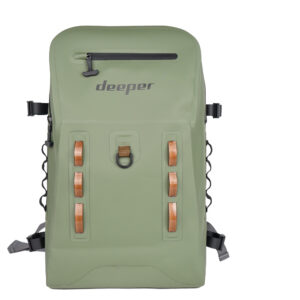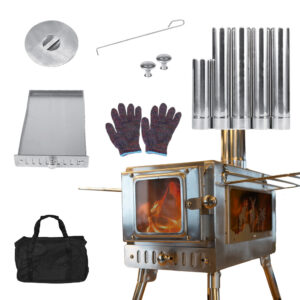Jig fishing for squid is an exciting and rewarding way to spend time on the water. Whether you’re a seasoned angler or a newbie looking to try something new, squid jigging offers a unique experience. In this guide, we will delve into the equipment, rig, and different lures you’ll need, as well as provide step-by-step instructions on how to jig fish for squid.

Equipment:
-
- Fishing Rod and Reel:
- Choose a light to medium-weight baitcast rod and reel combo. A 5 to 6-foot rod with a smooth drag system and a high gear ratio reel (7.1:1 or above) works well.
- Fishing Line:
- Use a quality braided line in the 10-20-pound test range. Braided line offers better sensitivity and allows you to feel even the subtlest bites.
- Leader Material:
- Fluorocarbon leaders are essential to prevent squid from seeing your line. Opt for 8-12-pound fluorocarbon leaders.
- Jigs:
- Squid jigs are specialized lures designed to mimic the appearance of small baitfish, shrimp, or squid. They come in various colors, sizes, and styles. Some popular squid jig styles include shrimp jigs, egi-style jigs, and Kiwra-style jigs.
- Sinkers:
- Choose sinkers that are appropriate for the depth and current conditions you’re fishing in. Squid jigging sinkers are typically small and made of lead or other dense materials. The weight of the sinker will depend on the conditions. For shallow water or calm conditions, a lighter sinker may suffice. In deeper water or stronger currents, you may need a heavier sinker to get your jig down to the squid.
- Fishing Rod and Reel:

Rig:
The basic rig for squid jigging is straightforward:
- Main Line: Attach your braided fishing line to the reel spool.
- Leader Line: Tie a 2-3 foot fluorocarbon leader to the end of your main line using a strong knot like the improved clinch knot or the loop knot. This leader prevents squid from seeing your main line.
- Squid Jig: Attach the squid jig to the end of your leader using a loop knot to allow for maximum movement and action.
Lures:
Choosing the right squid jig and color can significantly impact your success. Experiment with different colors and sizes until you find what works best in your area. Some popular squid jig colors include pink, orange, green, and white. Keep in mind that squid jigs often have added features like glowing bodies or UV coatings to attract squid in low light conditions.

How to Jig Fish for Squid:
Now that you have your equipment ready, let’s go over the steps to jig fish for squid:
- Locate Squid: Find areas where squid are known to congregate. Look for signs such as baitfish activity, underwater structure, or depth changes.
- Time Your Fishing: Squid are most active during low light conditions, such as dawn and dusk. Plan your squid jigging trip accordingly.
- Cast and Retrieve: Cast your squid jig into the water and let it sink to the desired depth. Use a slow, rhythmic motion to jig the lure up and down. Squid are attracted to the motion and the jig’s appearance.
- Pay Attention: Keep an eye on your line for any sudden tension or movement, as squid often strike with a quick and subtle bite. Be ready to set the hook when you feel a bite.
- Retrieve Slowly: When you feel a squid on the line, maintain steady pressure and reel it in slowly. Avoid jerking the rod, as squid have delicate skin and can tear easily.
- Handle Squid with Care: Once you’ve landed a squid, handle it gently to avoid damaging the delicate tentacles. Use a landing net or a hand-held dip net to bring it aboard.
- Storage: Place caught squid in a cool, dark container with an ice pack to keep them fresh.
Jig fishing for squid is an enjoyable and rewarding fishing experience. With the right equipment, rig, and lures, along with the knowledge of how to jig for squid, you’ll be well-prepared to embark on this adventure. Remember to always check local regulations and respect fishing limits to ensure a sustainable and responsible fishing experience. Happy squid jigging!




